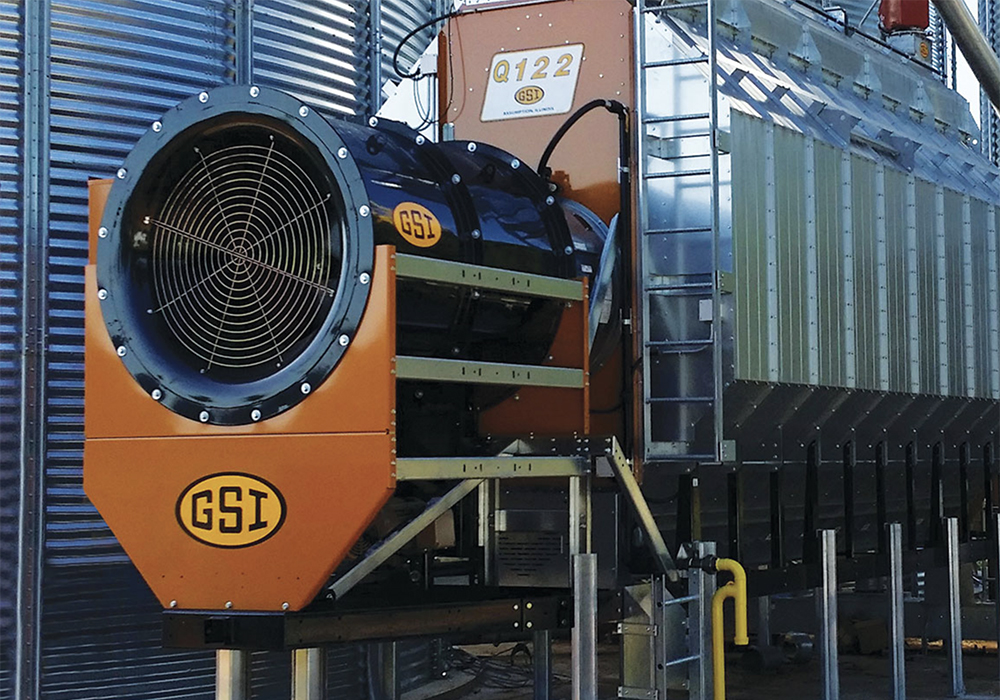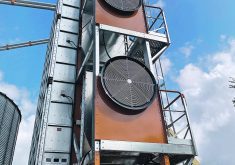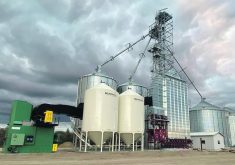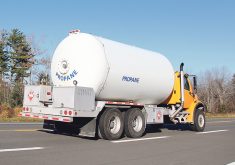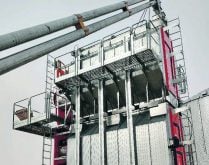The cost to dry corn today is about 2.4 percent of corn’s value. That’s a significant drop from 1980 when the cost was about 18 percent of the corn’s value.
On the Prairies, this change results from more efficient dryers and better access to natural gas and liquified propane, says GSI specialist Lee Bonn.
“In the old days, we simply threw as much air at the target as possible. That wasn’t efficient. Today, we want that air to be as close as possible to 100 percent saturated when it’s passing through the dryer.
Read Also

Canadian Food Inspection Agency extends chronic wasting disease control program consultation deadline
Date extended for consultation period of changes to CWD program
“If you have air passing through at 120 CFM (cubic feet per minute), you will not totally saturate the air. The air is moving too fast. On our GSI conventional screen dryers, we’ve determined that a 12-inch grain column at 80 CFM gives us the maximum efficiency in moisture removal. Of course, there are environmental factors such as ambient air temperature and humidity. The operator adjusts the burner to compensate for these changing atmospheric conditions. Fan speed remains constant.”
Liquified propane and natural gas are similar. Either fuel can be used in a dryer by changing orifices. Bonn says on the Canadian Prairies, liquified propane accounts for about 75 percent of fuel burned in dryers, with natural gas accounting for the balance. Natural gas is cheaper than propane and Bonn says that a few lucky farmers are close enough to an accessible natural gas line so they are able to tap into it.
Those who burn liquid propane will send three to four pounds (psi) to the burner to maintain 82 C with an ambient temperature of 25 C.
When the ambient temperature drops to 20 C, it’s necessary to bump the propane up slightly to maintain pressure in the plenum. But when the ambient temperature gets down to the freezing point, it will be necessary to feed 20 lb. or more of propane. He says drying grain at those low temperatures is not efficient.
Bonn adds that Canadian prairie farmers have better access to natural gas at the farmgate.
Just over the border in North Dakota and Montana, there is very little access to natural gas, he says.


